
The five SOLID principles of object-oriented class design facilitate the development of understandable, tested software that many developers can use at any time and place.
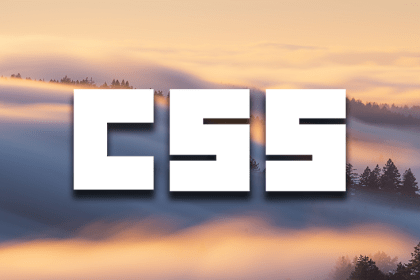
The View Transitions API opens up a new frontier of possibilities regarding the unique and pleasing experiences we can bring to the web.
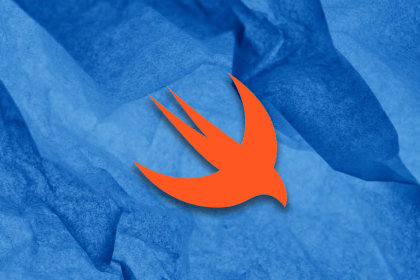
Learn about Swift’s XMLParser, which allows you to manipulate XML files and offers features like namespace support.
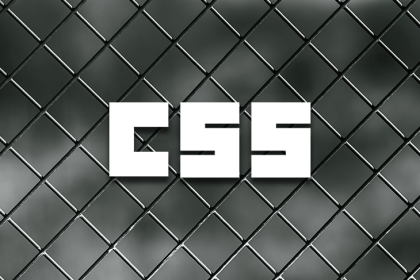
A typewriter CSS animation is easier to achieve than you may think. Let’s explore how and why to create a typewriter animation with only CSS.

Scroll snapping is an interaction enhancement and is now a native CSS feature that helps users snap to certain scroll points.
Learn about the growing importance of first-party tracking and how to implement it with walker.js in your React and Next.js apps.

Create a to-do list with React Native Draggable FlatList, which allows you to add, delete, mark as complete, and reorder to-do items.

Explore Medusa, a headless CMS that offers many benefits like decoupled architecture, scalability, and the ability to write and deploy code everywhere.
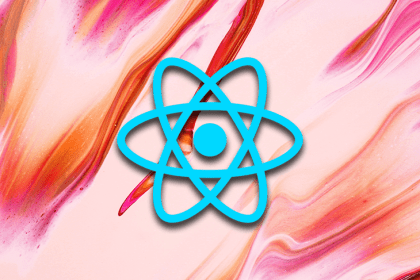
Integrate a React app with msal-react, the Azure AD B2C authentication service, for smooth user authentication in React applications.
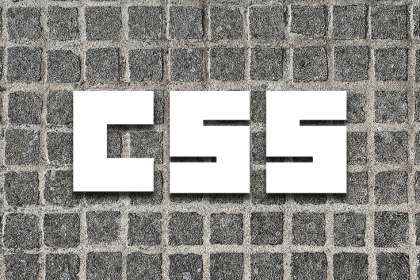
With CSS grid, we can create amazing layouts and create responsive web pages seamlessly. Learn more about CSS grid in this complete guide.
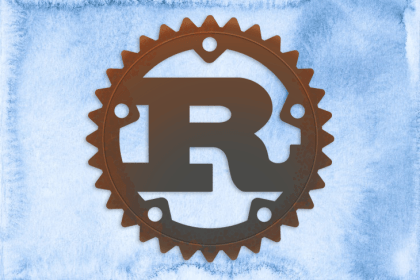
All in all, Rust has two kinds of errors, an error value returned from the Result type, and an error generated from triggering the panic! macro.
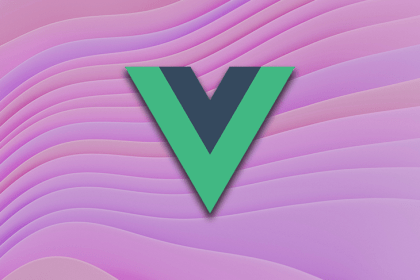
In this article on Vuetify themes, we’ll cover how to configure and dynamically switch between pre-installed and custom Vuetify color themes.